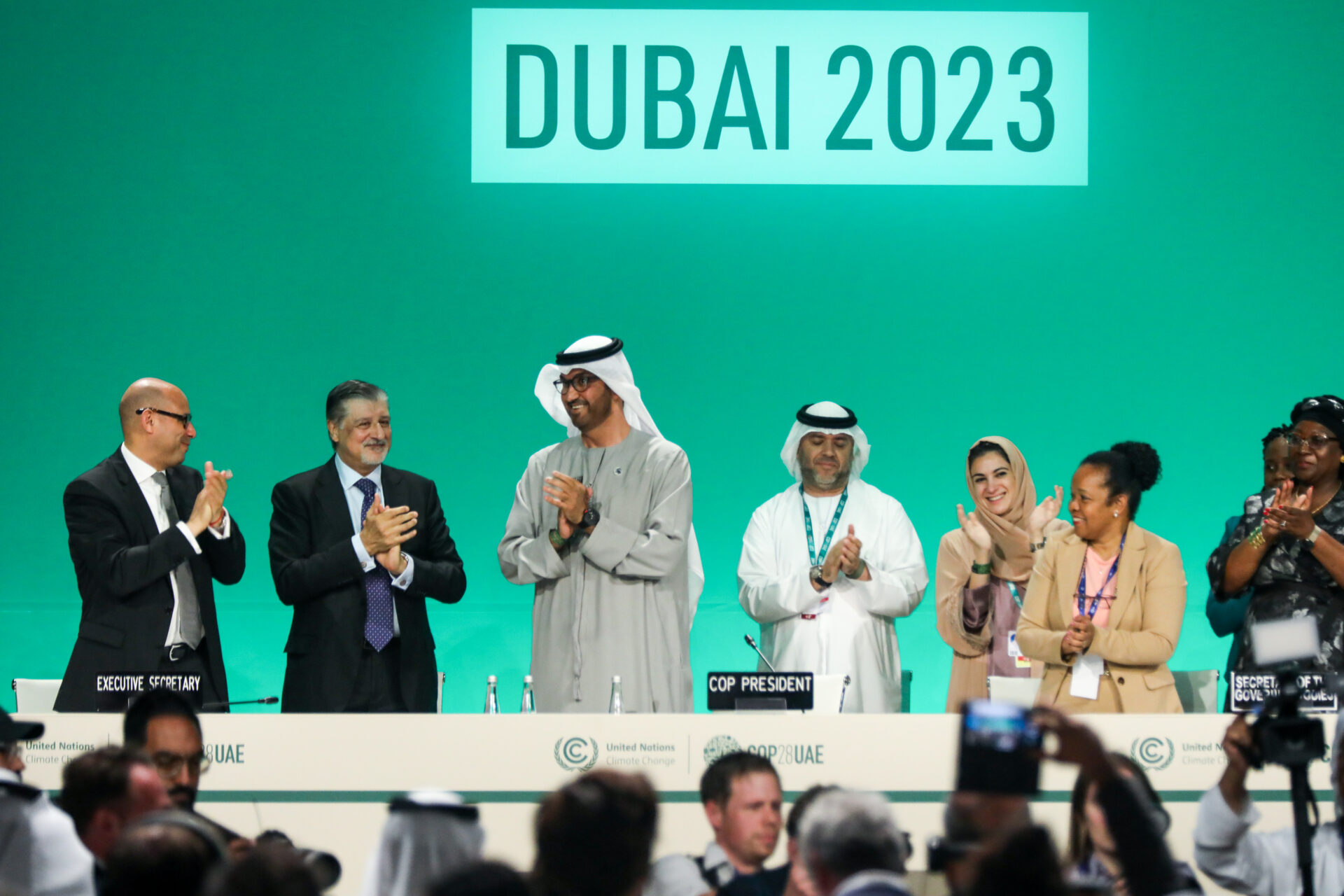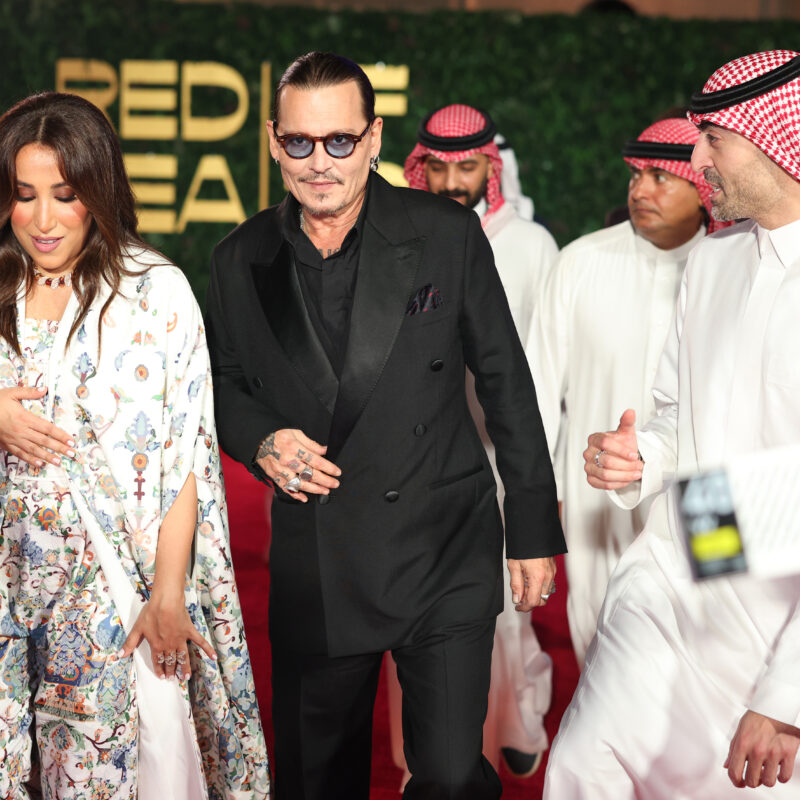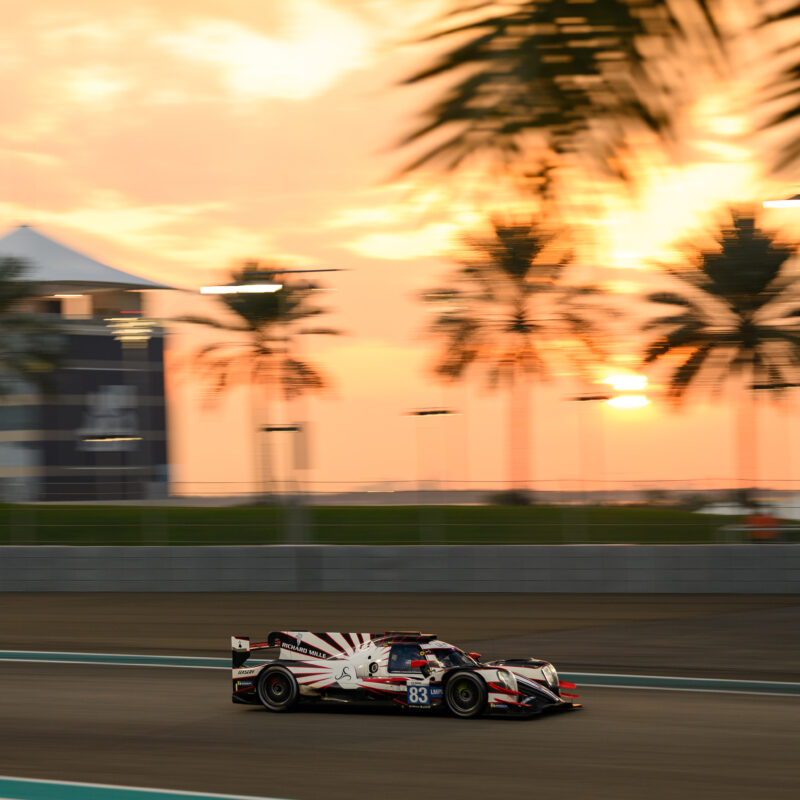
UAE climate diplomat Nawal Al-Hosany hails ‘historic’ COP28 agreement
Tripling renewables by the end of the decade and including fossil fuels in the agreement is significant, but action must quickly follow, the UAE’s representative to IRENA says
DUBAI, United Arab Emirates – Dr. Nawal Al-Hosany is the UAE’s Permanent Representative to the International Renewable Energy Agency (IRENA), a position she has held since the post was created in April 2018.
The inter-governmental body, now 14 years old, promotes renewable energy and technology and helps countries plan and carry out energy transitions. Al-Hosany, who also served on the COP28 UAE Advisory Committee, serves as an Emirati diplomat to IRENA, which is based in the UAE capital of Abu Dhabi.
Prior to taking up her post at IRENA, Al-Hosany was the executive director for sustainability at Abu Dhabi renewable energy company Masdar for a decade, and she currently serves on the board of Investcorp Capital and the advisory council for National Geographic magazine. She is also credited as being one of the first two Emirati women to climb Mount Kilimanjaro, the highest free-standing mountain in the world.
Al-Hosany fielded questions from The Circuit’s Kelsey Warner on the final day of the COP28 climate meeting in Dubai.
Nearly 200 parties just approved a plan to triple renewables by the end of this decade and transition away from coal, oil and gas. Reflect on COP28, and what comes next?
The UAE Consensus has made history. At a time when the world needed unity and action the most, the UAE COP28 Presidency delivered. The COP28 Presidential Action Agenda has closed the emissions gap by at least one-third already. There is language on transitioning away from fossil fuels in the final agreement of a COP for the first time ever — COP28 President Dr. Sultan Al Jaber said he would deliver fossil fuels in the text, and he has.
However, we must be clear that any agreement is only as good as the speed and scale of its implementation. The international community must remain united to turn the UAE Consensus into tangible climate action. We must continue to foster global collaboration to build on the wins from COP28 to drive a resilient climate future for all. That means holding the pledges announced at COP28 accountable through financial commitments.
That also means running with the momentum generated from the top levels and making sure it delivers impact on the ground. We must build on the robust foundations of our international partnerships, like the UAE’s long-standing partnership with IRENA. We have seen the benefits of our continued collaboration from one COP to the next. For instance, since IRENA launched the Energy Transition Accelerator Finance platform at COP26 in Glasgow, with support and anchor funding of $400 million from the UAE’s Abu Dhabi Fund for Development, the platform surpassed its COP28 target of mobilizing $1 billion four-fold. Financial pledges towards ETAF at COP28 reached $4.05 billion to scale up renewable energy projects in developing countries.
The COP28 agreement calls for tripling renewables by the end of the decade. Practically speaking, what does that mean for what is needed?
The language on tripling renewable energy capacity in the Global Stocktake text is based on IRENA’s research, which shows that to stay on a 1.5 degrees C pathway, we must triple global capacity to 11,000 gigawatts by 2030, while also doubling energy efficiency, in the same timeframe.
On the back of IRENA’s collaboration with the COP28 Presidency on ramping up renewables, the Renewable and Energy Efficiency Pledge is a recognition that our future world will not work without clean and renewable energy. This is also vindication of the UAE’s early adoption and investment in renewable and clean energy solutions. At COP28, the global community has shown that it understands the importance of this point, and it has shown a willingness to put its money where its mouth is.
What are the priorities for paying for the energy transition and what are the hurdles to closing the big financing gap?
This energy transition requires trillions not billions. By 2030, we need investments of between $4 trillion to $5 trillion each year, with $2.4 trillion of that needed for emerging and developing economies. Right now, clean energy investments in Africa represent only 2% of global investments. That is unacceptable. The global energy transition cannot happen without all of us — especially the Global South.
His Highness Sheikh Mohamed bin Zayed Al Nahyan’s recent announcement of the new climate fund, Alterra, drew widespread support. The $30 billion investment fund will deploy $5 billion in risk-mitigating capital to incentivize investment in the Global South. The fund will also deploy $25 billion in investment funds in the climate space, directly into projects with the aim of catalyzing at least another $250 billion of investment by 2030.
How can the green finance announcements work alongside the renewables target?
Climate finance and renewable targets are two sides of the same coin. You need to mobilize the finance to deliver the projects that will ramp up renewable capacities. More than $83 billion has been committed to climate action at COP28, with $61.8 billion parked for climate finance, which will work in tandem with energy transition and renewable energy projects to ensure capital flows reach climate frontline communities, and the parts of the world most in need of climate resilience measures.
For too long we have faced a false choice of development or climate action. We can have both, at the same time, with green climate finance being directed towards projects that ensure energy access and economic development opportunities.
This interview has been edited for brevity and clarity.


